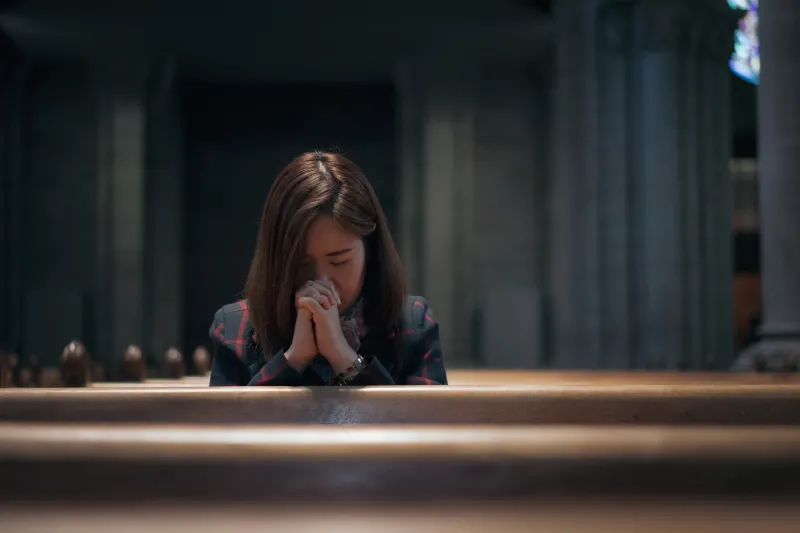
Washington, D.C. Newsroom, Apr 14, 2022 / 10:22 am (CNA).
The Thursday before Easter, Catholics around the world practice an ancient Lenten tradition — a Holy Thursday devotion — known as the “Seven Churches Visitation.”
What is the Seven Churches Visitation?
During Holy Week, Catholics are invited to map out seven local churches to visit after the Mass of the Lord’s Supper on Holy Thursday. These seven visits represent the final seven places or “stations” Jesus journeyed, from his arrest in the Garden of Gethsemane on Holy Thursday to his crucifixion and death on Good Friday.
In each church, pilgrims kneel before a temporary “altar of repose” — or the altar where the Eucharist, consecrated on Holy Thursday, is placed until the Mass of the Presanctified, a Christian liturgy that takes place on Good Friday (where there is no consecration.) Kneeling before the altar, Catholics make the sign of the cross, meditate on the appropriate Scripture, offer prayers, and spend time with Jesus in adoration.
This evening pilgrimage from altar to altar is a way for Catholics to spiritually accompany Christ as he enters his Passion. As Jesus asks of his apostles, in the Garden of Gethsemane, “Could you not spend one hour with me?”
Which seven places does each church represent?
The first church recalls Jesus going from the Cenacle, where he celebrated the Last Supper with his disciples, to his agony in the Garden of Gethsemane, where he prayed and sweated blood.
In the second church, Catholics meditate on Jesus being taken from the garden by the armed crowd to the house of Annas, the father-in-law of Caiaphas, the high priest, where he was interrogated and slapped in the face.
In the third church, the faithful focus on Jesus being brought to the house of Caiaphas, where he was beaten, spat upon, and insulted before enduring a painful night in captivity.
The focus for the fourth church is the first time Jesus appears before Pontius Pilate, the Roman governor of the region.
In the fifth church, the pilgrim follows the Lord as he is taken to King Herod of Judea, who mocked Jesus along with his guards.
The sixth church marks Jesus being taken from Herod and brought before Pilate for the second time and then scourged, crowned with thorns, mocked, and condemned to death.
The last church commemorates Christ carrying the cross from the Praetorium, where Pilate yielded to the crowd’s demand for his crucifixion, to Mount Calvary where he suffered excruciating pain, died, and was laid to rest in a nearby tomb until his resurrection celebrated on Easter Sunday.
What Bible passages should Catholics read at each church?
1. Jesus in the Garden of Gethsemane (Luke 22:39-46)
2. Jesus before Annas (John 18:19-22)
3. Jesus before Caiaphas (Matthew 26:63-65)
4. Jesus before Pilate (John 18:35-37)
5. Jesus before Herod (Luke 23:8-9; 11)
6. Jesus before Pilate again (Matthew 27:22-26)
7. Jesus’s crucifixion and death (Matthew 27:27-31)
Do Catholics have to plan this pilgrimage on their own?
They certainly can! Some cities offer organized pilgrimages. In Rome, Catholics practice the ancient tradition of visiting the seven major basilicas in that city. In the United States, churches in cities such as Washington, D.C., offer Catholics a pre-planned pilgrimage.
If you value the news and views Catholic World Report provides, please consider donating to support our efforts. Your contribution will help us continue to make CWR available to all readers worldwide for free, without a subscription. Thank you for your generosity!
Click here for more information on donating to CWR. Click here to sign up for our newsletter.




Leave a Reply